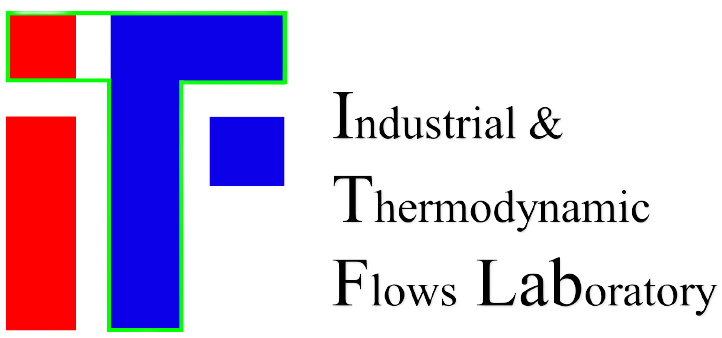
Interaction of the turbulent flow with the applied magnetic field is one of the crucial phenomena of magnetohydrodynamics.
It starts with the basic behavior of the submerged jet in the DC magnetic field when the flattening along the field lines occurs. The simultaneous formation of the reverse flow zones is caused by the closure of the induced electric current. The complex topology of the Lorentz force is then described both by the damping and acceleration of different zones.
For the industrial size process the outer boundaries conductivity plays defining role in the flow behavior: (i) strong damping is observed for the perfectly conductive domain; (ii) the self-inducing coherent vortex structures are formed in the insulated domain leading to drastic flow instability.
In the continuous casting (CC) due to the presence of the semi-conductive shell the flow is partially stabilized since the induced e-current tends to close through more conductive solid. However, with growing strength of the electromagnetic brake the reverse zones on top and bottom of the flow jets will develop into the reverse flow in the upper part of the CC mold.

